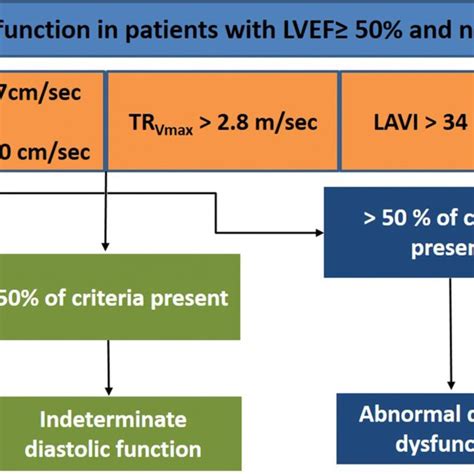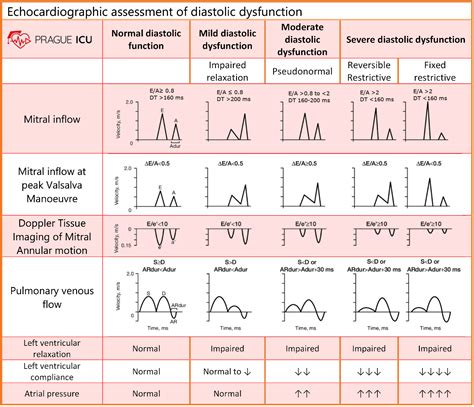lv grade | left ventricular diastolic dysfunction grade lv grade Uncontrolled high blood pressure is the most common cause of left ventricular hypertrophy. Complications include irregular heart rhythms, called arrhythmias, and heart failure. Treatment of left ventricular hypertrophy depends on the cause. Treatment may include medications or surgery.
77 talking about this
0 · new guidelines for diastolic dysfunction
1 · left ventricular diastolic dysfunction grade
2 · guidelines for diastolic dysfunction
3 · grades of lv diastolic dysfunction
4 · diastolic dysfunction grading chart
5 · diastolic dysfunction grades
6 · diastolic dysfunction flow chart
7 · diastolic dysfunction ase chart
On the runway, Louis Vuitton FW24 delivered all things western meets Pharrell's LV, resulting in pieces like Damier denim suits, pixelated cowprints, red checkered 'fits, floral embroidered.
Grade I is slightly impaired diastole. It is a common finding in people over age 60. Grade II is elevated pressure in the left side of your heart. Grade III is significantly elevated pressure in . Uncontrolled high blood pressure is the most common cause of left ventricular hypertrophy. Complications include irregular heart rhythms, called arrhythmias, and heart failure. Treatment of left ventricular hypertrophy . To provide for tissue perfusion without pulmonary congestion, the left ventricle (LV) must eject an adequate stroke volume at arterial pressure (systolic function) and fill without . Left ventricular diastolic dysfunction (LVDD) is a condition that affects your heart’s ability to fill up with blood before sending the blood out into your circulation. Your heartbeat has.
Grade I is slightly impaired diastole. It is a common finding in people over age 60. Grade II is elevated pressure in the left side of your heart. Grade III is significantly elevated pressure in the left side of your heart. Grade IV is advanced heart failure with significantly elevated pressure on the left side of your heart. Uncontrolled high blood pressure is the most common cause of left ventricular hypertrophy. Complications include irregular heart rhythms, called arrhythmias, and heart failure. Treatment of left ventricular hypertrophy depends on the cause. Treatment may include medications or surgery.
To provide for tissue perfusion without pulmonary congestion, the left ventricle (LV) must eject an adequate stroke volume at arterial pressure (systolic function) and fill without requiring an abnormally increased left atrial pressure (diastolic function).
Diastolic dysfunction is when the heart’s ventricles abnormally stiffen, which prevents the ventricles from relaxing as they should and prevents them from filling up. This disrupts the flow of blood to and from the organs of the body. Asymptomatic LVDD (ALVDD), also called pre-clinical diastolic dysfunction, is characterized by presence of LV hypertrophy (LVH) identified by electrocardiography and TTE abnormalities, mentioned before, with LVEF ≥ 50%, and without HF symptoms and signs.ECHOCARDIOGRAPHIC ASSESSMENT OF LV FILLING PRESSURES AND DIASTOLIC DYSFUNCTION GRADE. The key variables recommended for assessment of LV diastolic function grade include mitral flow velocities, mitral annular e0 ve-locity, E/e0 ratio, peak velocity of TR jet, and LA maximum volume index (Figure 8B). Diastolic heart failure occurs when signs and symptoms of heart failure are present but left ventricular systolic function is preserved (i.e., ejection fraction greater than 45 percent).
In patients with heart failure and reduced EF (HFrEF), the main goal is to estimate LV filling pressures and grade the degree of diastolic dysfunction (diastolic dysfunction is presumed to be present in these patients) based on the parameters presented below and . In patients with reduced LV ejection fraction, E/A ratio ≤0.8, and a peak E velocity ≤50 cm/s, there is normal LAP, representing grade I of DD. If E/A ratio is >2, this represents elevated filling pressures and LVDD is classified as grade III. Left ventricular diastolic dysfunction (LVDD) is a condition that affects your heart’s ability to fill up with blood before sending the blood out into your circulation. Your heartbeat has.Grade I is slightly impaired diastole. It is a common finding in people over age 60. Grade II is elevated pressure in the left side of your heart. Grade III is significantly elevated pressure in the left side of your heart. Grade IV is advanced heart failure with significantly elevated pressure on the left side of your heart.
Uncontrolled high blood pressure is the most common cause of left ventricular hypertrophy. Complications include irregular heart rhythms, called arrhythmias, and heart failure. Treatment of left ventricular hypertrophy depends on the cause. Treatment may include medications or surgery.
To provide for tissue perfusion without pulmonary congestion, the left ventricle (LV) must eject an adequate stroke volume at arterial pressure (systolic function) and fill without requiring an abnormally increased left atrial pressure (diastolic function). Diastolic dysfunction is when the heart’s ventricles abnormally stiffen, which prevents the ventricles from relaxing as they should and prevents them from filling up. This disrupts the flow of blood to and from the organs of the body. Asymptomatic LVDD (ALVDD), also called pre-clinical diastolic dysfunction, is characterized by presence of LV hypertrophy (LVH) identified by electrocardiography and TTE abnormalities, mentioned before, with LVEF ≥ 50%, and without HF symptoms and signs.ECHOCARDIOGRAPHIC ASSESSMENT OF LV FILLING PRESSURES AND DIASTOLIC DYSFUNCTION GRADE. The key variables recommended for assessment of LV diastolic function grade include mitral flow velocities, mitral annular e0 ve-locity, E/e0 ratio, peak velocity of TR jet, and LA maximum volume index (Figure 8B).
Diastolic heart failure occurs when signs and symptoms of heart failure are present but left ventricular systolic function is preserved (i.e., ejection fraction greater than 45 percent).In patients with heart failure and reduced EF (HFrEF), the main goal is to estimate LV filling pressures and grade the degree of diastolic dysfunction (diastolic dysfunction is presumed to be present in these patients) based on the parameters presented below and .
ysl sac du jour replica

new guidelines for diastolic dysfunction
left ventricular diastolic dysfunction grade

Gabby.lv - Noteikumi. MĀJAS LAPA- ērtākais, ātrākais un drošākais veids pasūtījuma veikšanai. Lai iepirktos mūsu internet-veikalā jārīkojas sekojoši: 1. Izvēlieties vajadzīgo preci no mūsu preču piedāvājuma un ievietojiet to iepirkumu grozā nospiežot pogu „ielikt grozā”.
lv grade|left ventricular diastolic dysfunction grade



























